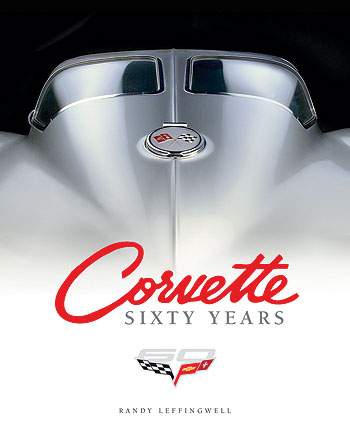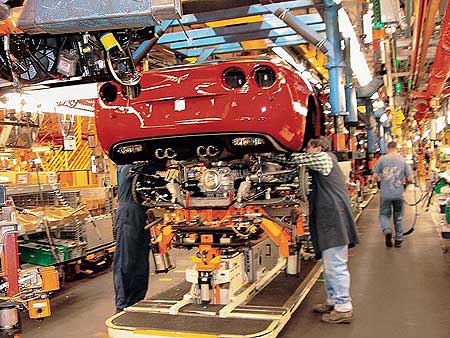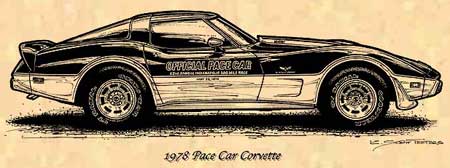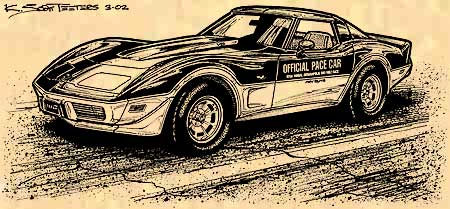Harley Earl, the man that “invented” automobile styling, created an American Legend! Zora Arkus-Duntov was ready to make the car an American Racing Legend
To download Mike Waal’s PDF Watkins Glen Corvette Origin e-book, CLICK HERE.
Dateline: 3-4-21, PDF book by Mike Waal – Emigrant Zora Arkus-Duntov wasn’t at the very first racing event in Watkins Glen in rural, bucolic New York. But he was there for the second in 1949. “Sports Car Racing” was totally new in America, or at least in an organized way, thanks to the dedication to the founders of the Sports Car Club of America, the SCCA. The cars that raced there were considered exotic and were “state of the art” for their time.
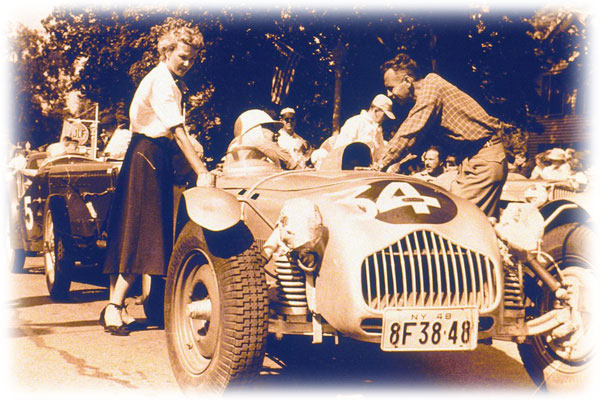
So the future Corvette Chief Engineer was there almost from the beginning. Zora never saw a race he didn’t want to drive it. By the time he was hired on May 1, 1953, he was effectively the only man for the job to quickly whip the start-up Chevy sports car into shape. By the time the 1956 Daytona Beach Time Trials, and the 1956 12 Hours of Sebring class win over Europe’s finest, people started taking the Corvette seriously. By the end of the 1950s, Corvettes were the dominant force in SCCA racing. And the adventure hasn’t stopped.
But it all began somewhere and Mike Waal from Maryland is the man that has stitched together a written chronology of events and a fascinating pictorial documentation of what quickly became an annual event. And the future Corvette would become a player in sports car racing.
To download Mike Waal’s PDF Watkins Glen Corvette Origin e-book, CLICK HERE.
Mike also makes his case of identifying the most likely spot where Harley Earl, Master of Ceremonies for the 1951 Watkins Glen, “International Sports Car Grand Prix of Watkins Glen, September 14-15, 1951.
It is very likely that this is where “conception” of what would be the Corvette when Earl decided that, “Chevy needs a sports car.” Not long after the event, work on Earl’s “Opel” concept car began. “Opel” was renamed, “Corvette” and made its debut in January 1953 at the GM Motorama event in New York City. Duntov was looking for employment at a large American automobile manufacturer. When he saw the “Corvette” at the Motorama, like legions of car lovers, he fell in love with Earl’s beautiful Chevy sports car, and knew immediately, he wanted to work at Chevrolet, specifically on the Corvette. The rest is history.
To download Mike Waal’s PDF Watkins Glen Corvette Origin e-book, CLICK HERE.
Earl was truly a visionary industrial designer; one of the greats of the 20th century and beyond; and Duntov was there, ready to report for duty.
This is a beautiful, well-done presentation of sports car racing history that will deepen your appreciation for the early history of the Corvette. Enjoy.
Thanks, Mike! Scott

To download Mike Waal’s PDF Watkins Glen Corvette Origin e-book, CLICK HERE
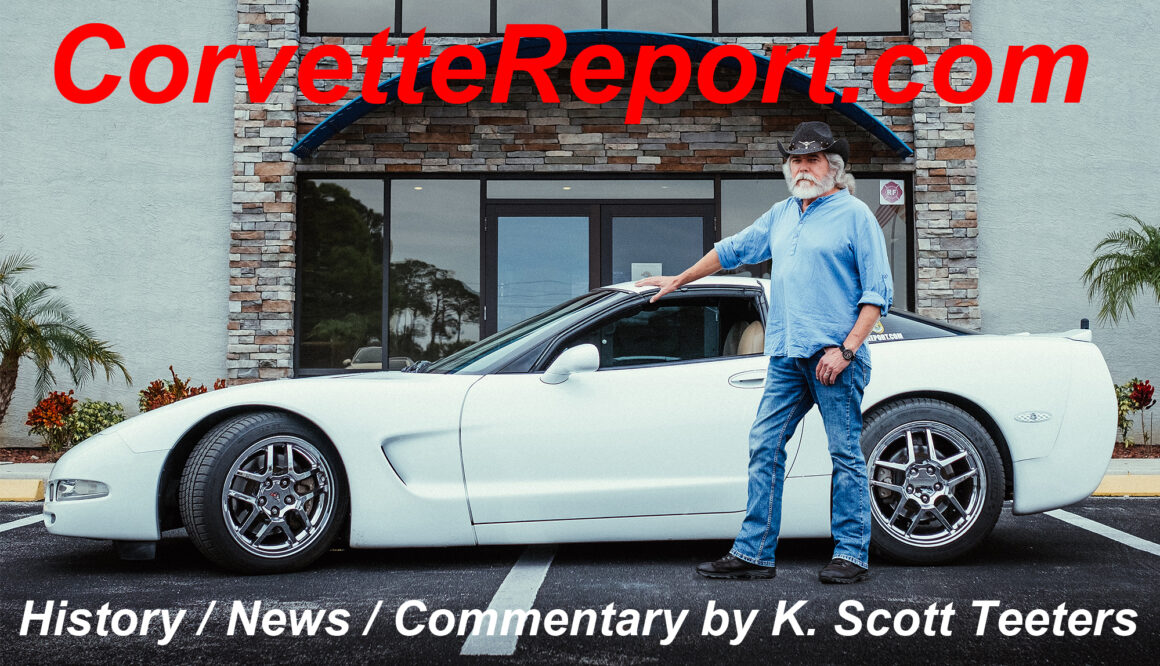
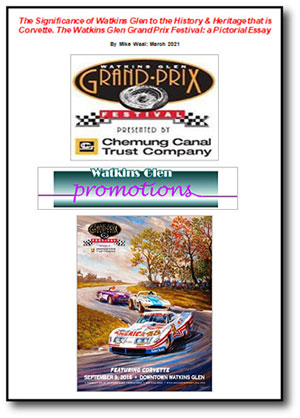
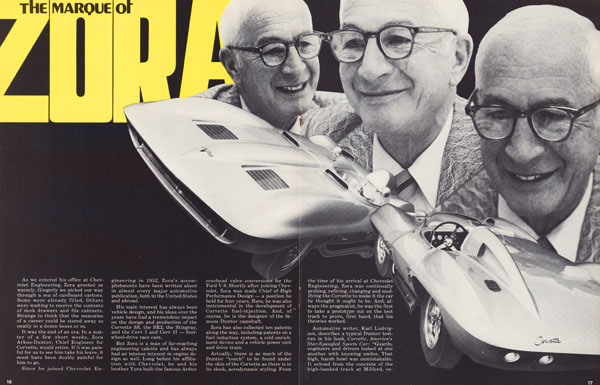
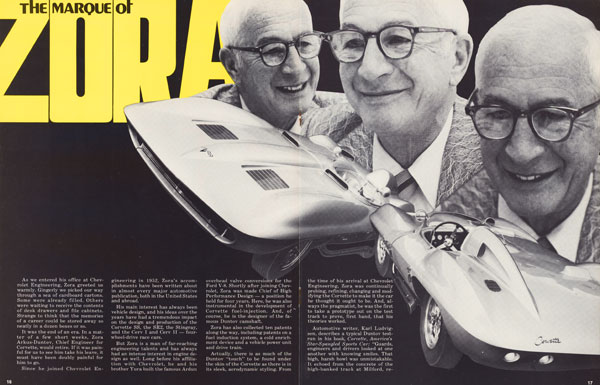
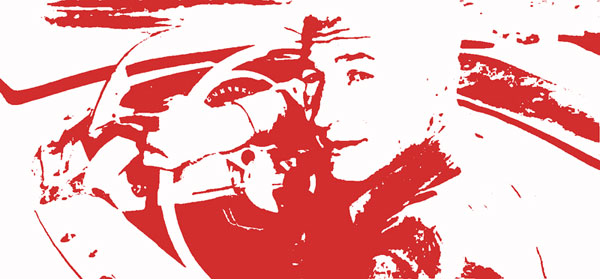
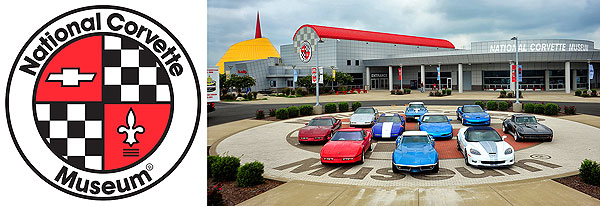
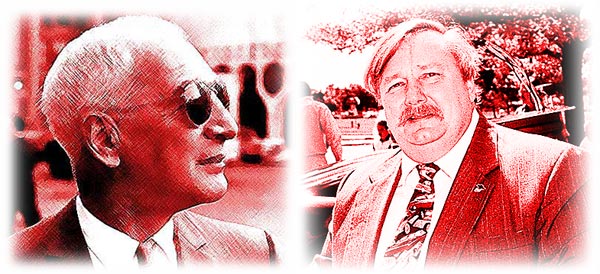
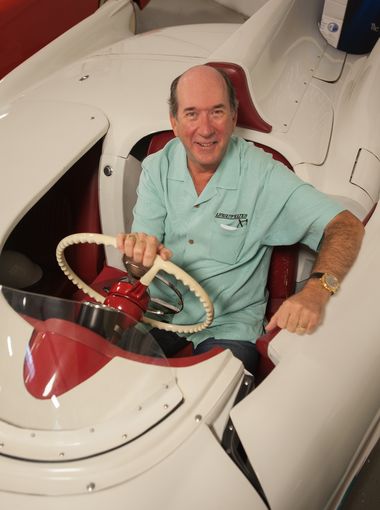
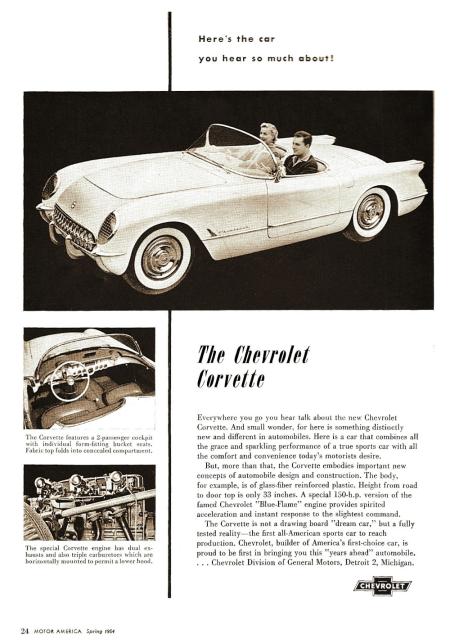
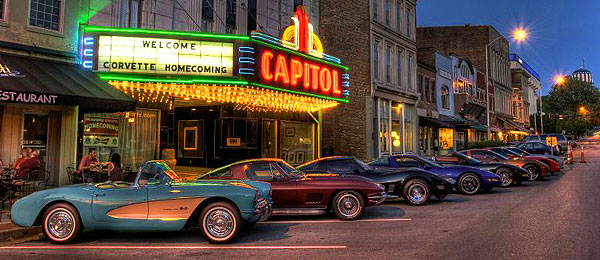
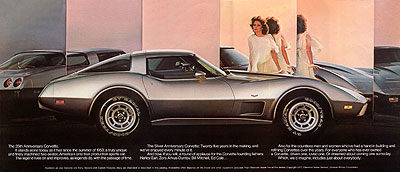
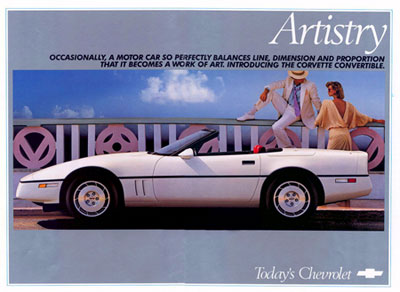 The Corvette was born as a roadster,
The Corvette was born as a roadster,